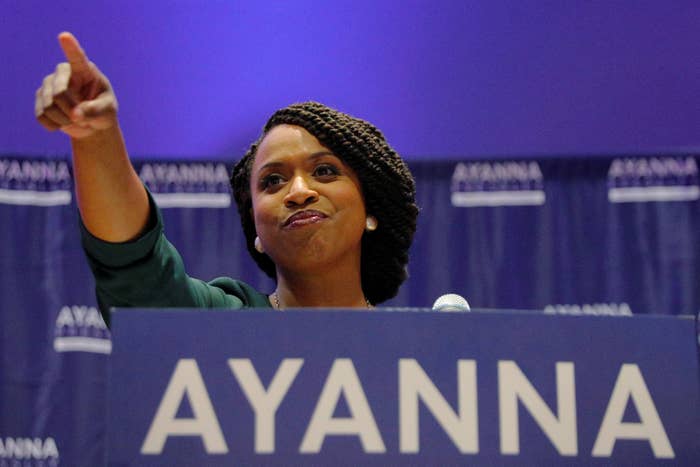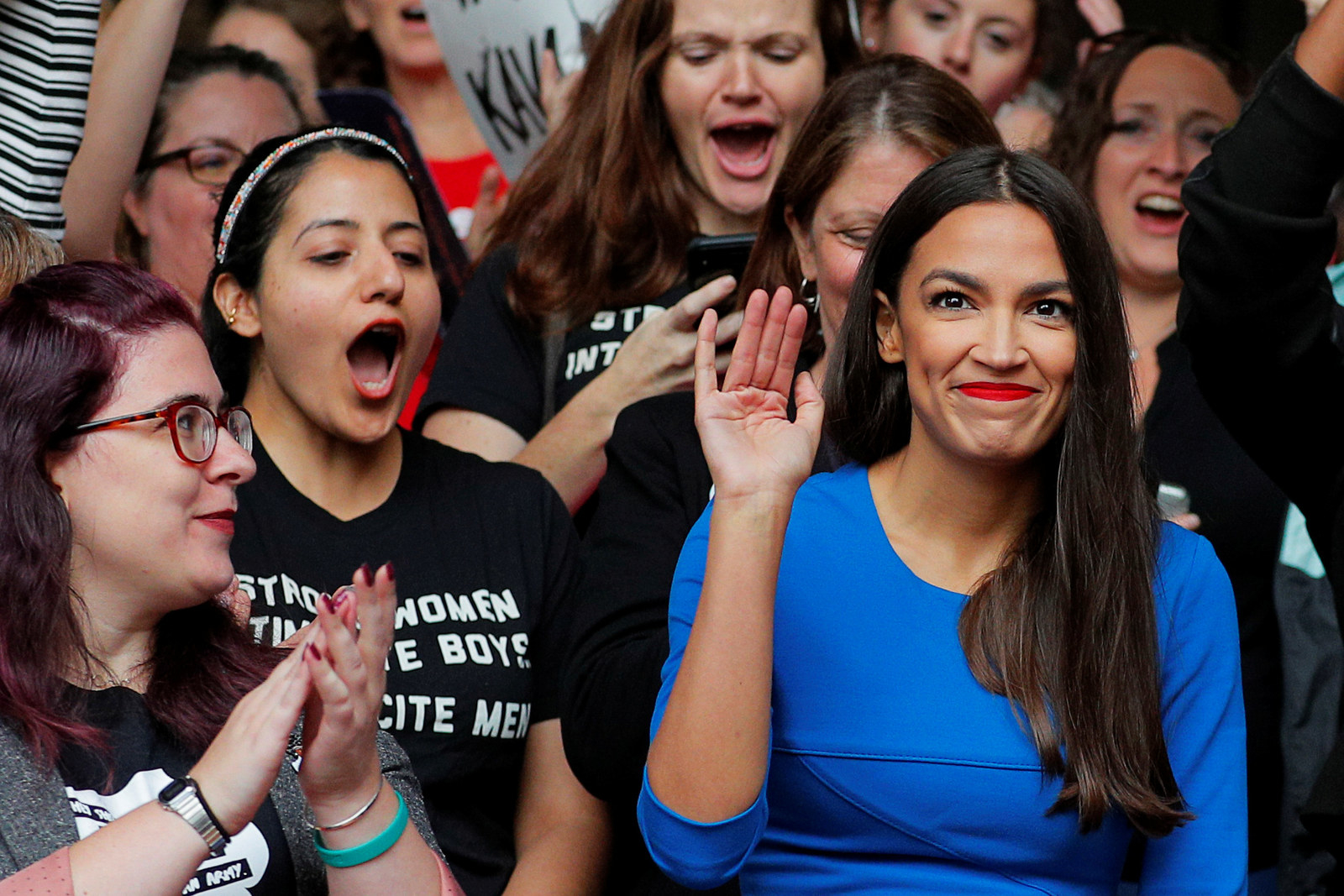
More women are running for office this year than ever before, and, even before the results of Tuesday’s elections are out, they are already breaking records.
EMILY’s List, a major PAC that helps “pro-choice, Democratic women” run for office, has raised and spent a record-breaking $110 million on the midterm elections according to a memo obtained by BuzzFeed News. That’s more than the organization has spent in any election cycle before, including presidential elections.
The 2018 election cycle has been massive for EMILY’s List, which endorsed more candidates than ever before, spent more money on those campaigns, backed more women candidates of color than in any previous election.
These numbers correspond to the massive wave of women candidates running for office this cycle. Up and down the ballot throughout the country, 260 women are running for Congress (237 for House seats, 23 for Senate), 16 for governor, and 3,388 for state legislatures on Tuesday, according to data crunched by Rutgers University’s Center for American Women and Politics. For comparison, a total of 322 women have served in Congress throughout history, there are only six women currently serving as governor, and only 1,875, or 25.4%, of the 7,383 state legislators in the United States are women.
This cycle, EMILY’s List endorsed more than 570 women candidates — a record for the group. Some of those candidates lost their primaries earlier this year, but on Tuesday, EMILY’s List will have 70 women running for House seats on the ballot, as well as 12 in the Senate and eight running for governor.
Of the House candidates, around 15 are almost certain or very likely to win their races, either because they are running in Democratic-leaning areas or because they are leading greatly in the polls. Even if all the other candidates lose, the number of women elected to Congress will likely increase significantly Tuesday.

By the week before the midterm elections, more than 42,000 women had reached out to EMILY’s List expressing interest in running for office, the PAC’s president Stephanie Schriock told BuzzFeed News. In the 2016 election cycle, only 920 women reached out to EMILY’s List for help running.
“Obviously not all 42,000 are running today,” Schriock said. “That’s why to us this isn’t about a year, this is about decades. Those women are planning out their runs for 2019 and 2020 and 2022 and 2024. They’re not going away.”
During Hillary Clinton’s 2016 presidential campaign, EMILY’s List raised and spent a total of $90 million, including $37 million in independent expenditures (meaning, spending for ads and mailers supporting a candidate but not in collaboration with that campaign), more than they had ever spent during the group’s more than 30-year history.
For the 2018 election cycle — in a midterm, which typically involves far less spending than presidential elections — the group’s independent expenditures came to $46 million.
Outside of the money raised by EMILY’s List, female donors have given a historic amount of money to Democratic women this cycle, at $159 million, according to data compiled by the money-watching website OpenSecrets. This is nearly 2.5 times more than was raised by congressional women candidates during the 2016 cycle. And, for the first time ever, women donors gave more money to women Democratic candidates than either Republican or Democratic men.
While there are Republican women running for office for the first time this year, a vast majority of the women candidates across the country are Democrats. There are 131 nonincumbent Democratic women running for the House this cycle, versus 35 Republican women. In the Senate, however, more Republican than Democratic women are running as nonincumbents: four Democrats and six Republicans.
Because of this, women are a key part of the Democrats’ fight to flip the House this year. Fifty-three of EMILY’s List’s House candidates are Democrats challenging Republican incumbents or running in Republican districts, according to the memo.

For EMILY’s List — and for the US in general — this isn’t just a year of firsts in terms of the number of women running, but also in their diversity. Eleven of EMILY’s List’s candidates would be the first black women in their positions, including the first black woman governor in the US (Stacey Abrams in Georgia), the first woman of color representing Connecticut in Congress (House candidate Jahana Hayes), and the first black woman representing Massachusetts in Congress (House candidate Ayanna Pressley). It seems extremely likely at this point that Congress will be gaining its first-ever Native American member in Deb Haaland, who is running in a blue district in New Mexico, and she could be joined by fellow Native candidate Sharice Davids in Kansas as well.
Davids is also one of several LGBT candidates who could make history Tuesday. Kyrsten Sinema in Arizona would be the first openly bisexual woman in the Senate; Davids and Gina Ortiz Jones in Texas would be the first two LGBT women of color in Congress; and Angie Craig in Minnesota and Lauren Baer would be the first two openly lesbian mothers in Congress.
No matter what happens in the polls Tuesday, the level of interest and funding has led EMILY’s List to believe that this election cycle is not an isolated phenomenon, but marks a sea change in politics that will continue to be seen in future elections.
“We believe this is far more than another ‘Year of the Woman’ or a ‘pink wave.’” the memo reads, quoting a statement made by former senator Barbara Mikulski in 1992, another year when an unprecedented number of women ran for office.
“The Year of the Woman makes it sound like the Year of the Caribou or the Year of the Asparagus,” the memo states. “We’re not a fad, a fancy, or a year.”
